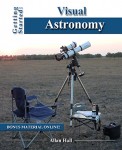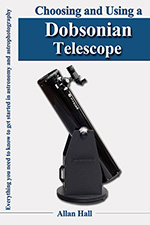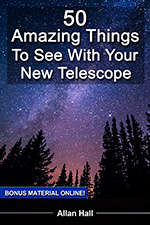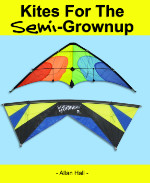Observing the moon in daylight
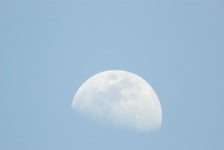

Moon in daylight? You have seen it, I have seen it, it is broad daylight and there in the sky is the moon. If you stop and think about it you realize that the moon is up in the daytime just as much as it is at night, we just don’t tend to notice it. In my opinion this is a direct result of the fact that the moon has a much higher contrast at night since it is the only rock we see directly illuminated by the sun. The picture above was taken during the day on March 31st… Continue reading







